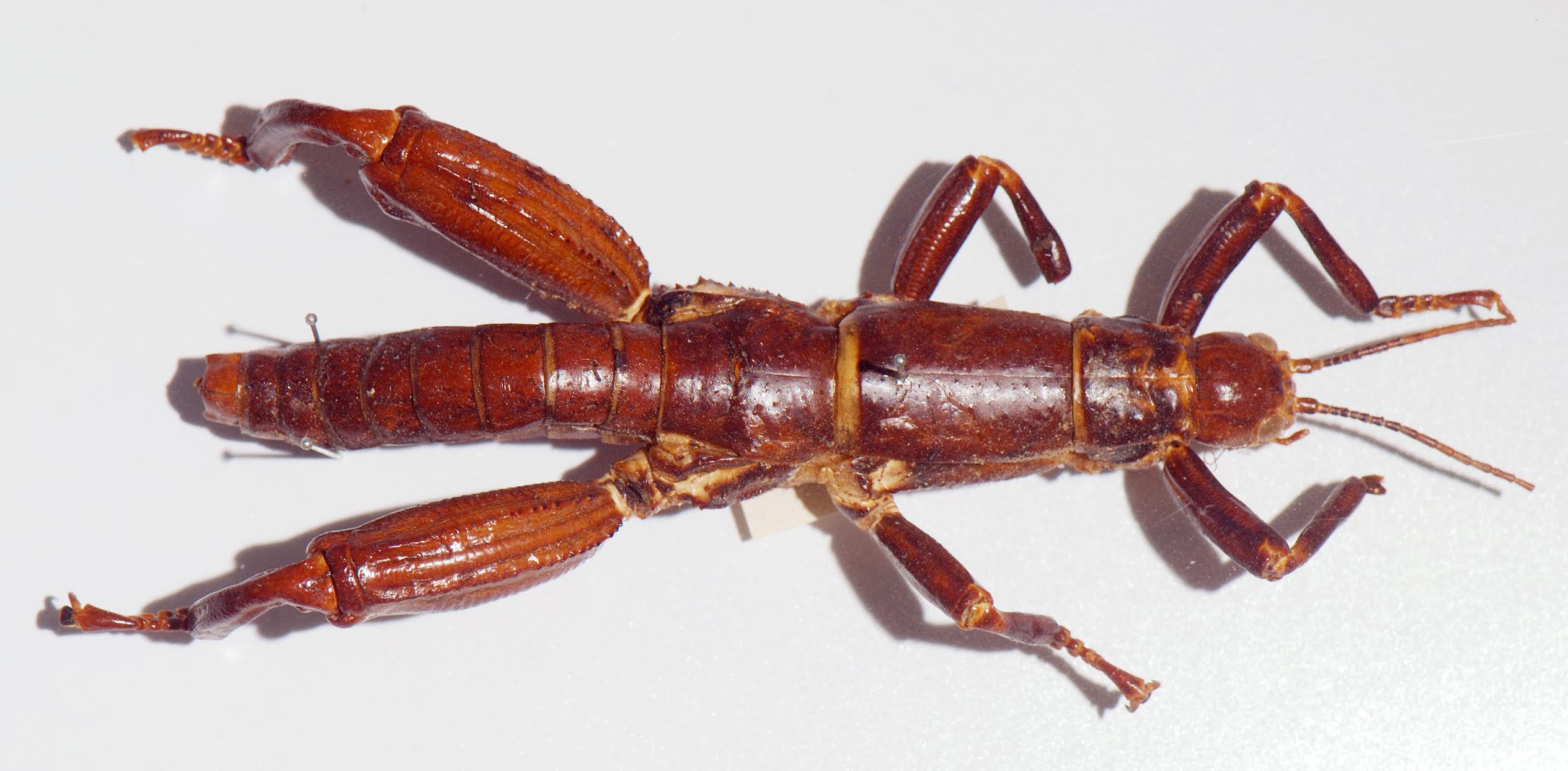In the vast tapestry of nature, bugs play a crucial role, but some are so elusive that they become the stuff of legends. The quest for the rarest bug has captivated entomologists and nature enthusiasts alike, driving them to remote corners of the Earth in search of these astonishing creatures. From the depths of dense rainforests to the heights of mountainous terrains, the rarity of these bugs often adds to their allure, making them more than just insects; they become symbols of discovery and wonder.
What constitutes the rarest bug? Is it the scarcity of their population, their unique features, or perhaps the intriguing stories that accompany their existence? Many factors contribute to the classification of these rare bugs, including habitat destruction, climate change, and human activity, which threaten their survival. As we delve deeper into the world of rare insects, we uncover not just their biological significance but also the fascinating tales that surround them.
In this exploration of the rarest bug, we will address crucial questions that reveal the mystery behind these insects. We will look into specific species that hold the title of the rarest, their habitats, and the conservation efforts in place to protect them. Join us as we unveil the secrets of these extraordinary creatures, whose very existence challenges our understanding of nature.
What Makes a Bug Rare?
The rarity of a bug can be attributed to several factors, including:
- Population Size: Fewer individuals lead to a higher classification of rarity.
- Habitat Requirements: Bugs that depend on specific environments become more vulnerable.
- Threats to Survival: Natural disasters and human activities can drastically reduce populations.
- Life Cycle: Bugs with longer life cycles may take longer to reproduce, making them more susceptible to extinction.
Which Bugs Are Considered the Rarest?
Some of the most notable candidates for the title of the rarest bug include:
- The Lord Howe Island Phasmid: Once thought extinct, this stick insect was rediscovered in 2001.
- The Pink Katydid: A rare genetic mutation gives this katydid its vibrant color, making it a standout.
- The Hine's Emerald Dragonfly: This dragonfly is listed as endangered due to habitat loss in the Midwest.
- The Alabama Beach Mouse: Technically a mammal, but it's worth mentioning due to its bug-like habitat.
What Are the Unique Features of the Rarest Bug?
Each species of the rarest bug boasts unique characteristics that set them apart:
- Camouflage: Many rare bugs have evolved to blend seamlessly into their surroundings.
- Coloration: Some rare insects exhibit vibrant colors that are not typically found in more common species.
- Behavior: Unique mating rituals or feeding habits can also distinguish these bugs from their more common relatives.
How Do Scientists Study the Rarest Bugs?
Researching rare bugs presents challenges due to their limited populations. Scientists utilize various methods, such as:
- Field Studies: Conducting surveys in natural habitats to locate and observe these insects.
- Genetic Analysis: Understanding the genetic diversity within populations to assess their health and viability.
- Conservation Programs: Collaborating with organizations to protect habitats and restore populations.
What Conservation Efforts Are in Place for the Rarest Bug?
Many organizations and researchers are dedicated to conserving the rarest bugs through:
- Habitat Restoration: Working to restore the natural environments that these bugs depend on.
- Public Awareness: Educating the public about the importance of these insects and the threats they face.
- Legal Protections: Enforcing laws that protect endangered species and their habitats.
What Is the Future for the Rarest Bug?
The future of the rarest bug relies heavily on continued research and conservation efforts. As climate change and habitat destruction persist, the survival of these unique creatures is uncertain. However, through collaboration between scientists, conservationists, and the public, there is hope for these extraordinary insects. Sustainable practices, habitat restoration, and increased awareness can lead to a more favorable outcome for the rarest bugs on our planet.
Conclusion: Celebrating the Rarest Bug
In conclusion, the quest for the rarest bug is not just about identifying these elusive creatures; it is about understanding the delicate balance of our ecosystems and the importance of conservation. The rarest bug serves as a reminder of the wonders of nature and the urgent need to protect our planet's biodiversity. As we strive to learn more about these fascinating insects and their habitats, we contribute to a future where they can thrive, ensuring that their stories continue to be told for generations to come.


